Acting early and effectively is crucial to preventing a proliferation of bed bugs in your home. There are a number of solutions, including a series of traps that vary in their effectiveness. Some devices, whether professional or home-made, can be very useful for early detection, monitoring and control of bed bugs. Here is a selection of 10 cost-effective bed bug traps.
⚠️ Important: These traps do not replace the use of dedicated products or professional bed bug control treatments.
Summary: The different types of bed bug traps
| Catégory | Type of trap | Efficiency | Price |
|---|---|---|---|
| Professional | 1. Adhesive traps | ⭐⭐⭐ | € |
| 2. Anti-bedbug pads | ⭐⭐ | € | |
| 3. Pheromone traps | ⭐ | €€ | |
| 4. Mechanical traps | ⭐⭐⭐ | € | |
| 5. Ultrasonic traps | ⭐ | € | |
| 6. Light traps | ⭐ | € | |
| Homemade | 7. The double-sided tape trap | ⭐⭐⭐ | € |
| 8. The bait trap | ⭐ | € | |
| 9. The cardboard box | ⭐⭐ | € | |
| 10. The sugar and yeast trap | ⭐⭐ | € |
Confirming the presence of bed bugs
Before resorting to traps or other solutions, it’s vital to know whether you really have bedbugs in your home.
Here are the signs that indicate the presence of these pests:
- Small black spots (excrement) on walls or mattresses
- Traces of blood in the sheets
- Bed bugs visible to the naked eye: larvae, moults or eggs
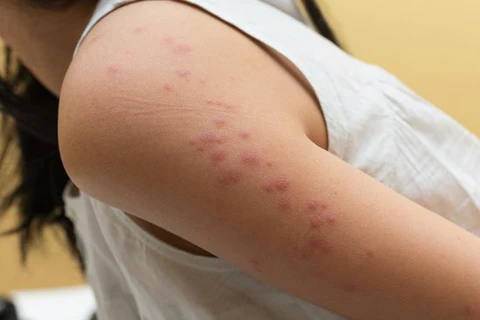
What do bedbug bites look like?
Bed bug bites are often found in lines or clusters on parts of the body uncovered during sleep (arms, legs, back, neck). They look like slightly swollen red pimples, which can cause intense itching. Bed bug bites are found on exposed areas of the body, not under clothing or pyjamas.
Differences from other insect bites :
- Mosquitoes: more isolated and irregular bites.
- Fleas: concentrated bites around the ankles or under clothing. Flea bites are often associated with the presence of a pet.
- Mites: diffuse redness rather than a well-defined pimple.
Note that some people do not react to bedbug bites. Generally, in a family, only one person will develop pimples after being bitten.
➡️ To find out more: How to recognise bed bug bites ?
Dog detection for bed bugs
Bed bug detection dogs are highly effective at spotting an infestation, even at an early stage. Thanks to their highly developed sense of smell, they can pinpoint the presence of bedbugs, even in the smallest nooks and crannies (skirting boards, bed bases, cracks).
Why choose canine detection?
✔ Reliable: Detection up to 95% accurate.
✔ Fast: Inspection of a room in just a few minutes.
✔ Targeted: Avoids generalised and unnecessary treatment.
This process is particularly recommended before or after a treatment to ensure total pest eradication.
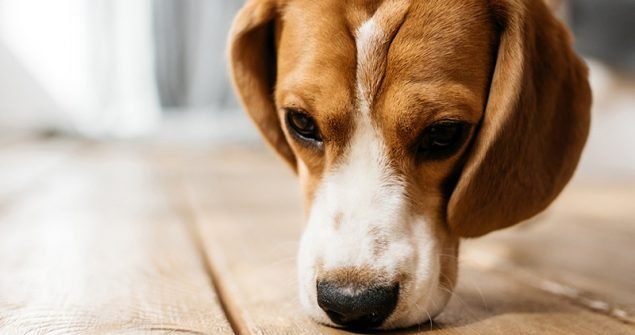
Professional bedbug traps

1. Adhesive or glue traps
Inexpensive and easy to use, this type of natural trap consists of a foodstuff as bait and a sticky case (glue or tape). The odour generated by the food product will attract the bedbug and the glued surface will trap the insect.
This device helps to prevent bed bug infestations, so you can detect their presence and trap a few.
Their main advantage: they provide a non-toxic solution and are therefore harmless to occupants, people and animals. See our article on bed bugs and pets.
They can be used as a monitoring tool, even if they don’t eliminate the source of the problem. Note also that these traps are disposable and should be replaced regularly.
- Prices : from €30 to €60
- Effectiveness : Low
- Instructions for use : Place the adhesive traps under the bed (near the feet), in the dressing room and under the sofa.
2. Anti-bed bug tablets
Anti bed bug tablets are simple to use and affordable.
They play both a curative and preventive role. This type of tablet is composed of an insecticide (natural or chemical). However, it is preferable to use tablets with plant active ingredients, especially if you want to integrate them into your bedding, to avoid any risk to your health. Finally, in the event of a massive infestation, the tablets must be supplemented by other more radical measures. They will not be enough to eliminate the entire bed bug population. The anti-bed bug pads should only be used in addition to a suitable treatment and following a strict disinsectisation protocol.
- Prices: from 20 to 50 EUR
- Effectiveness: Average
- Instructions for use: Place your plates between the mattress and the box spring for targeted action on the bedding.
➡️ Also read: Bedbugs on a mattress: what to do?
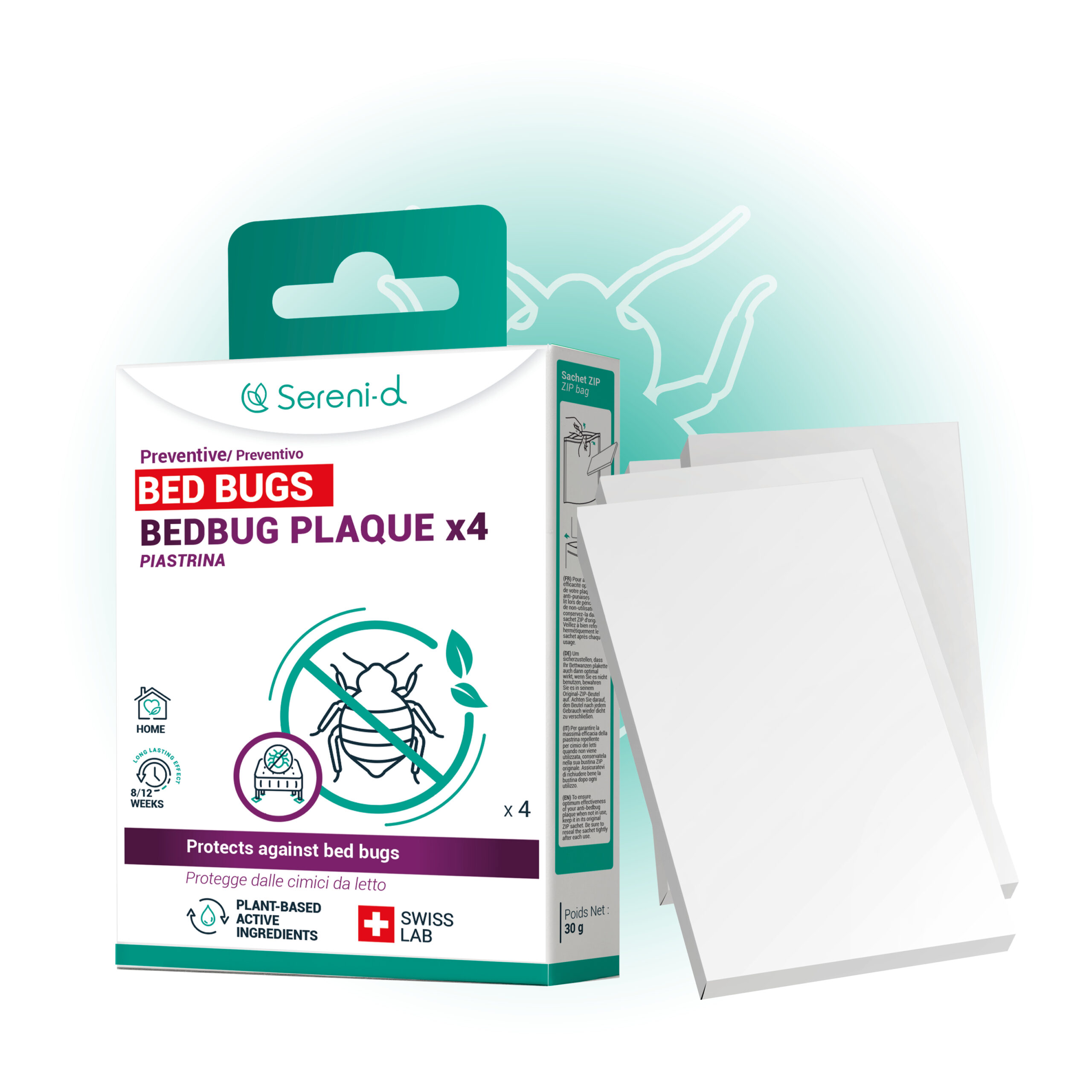
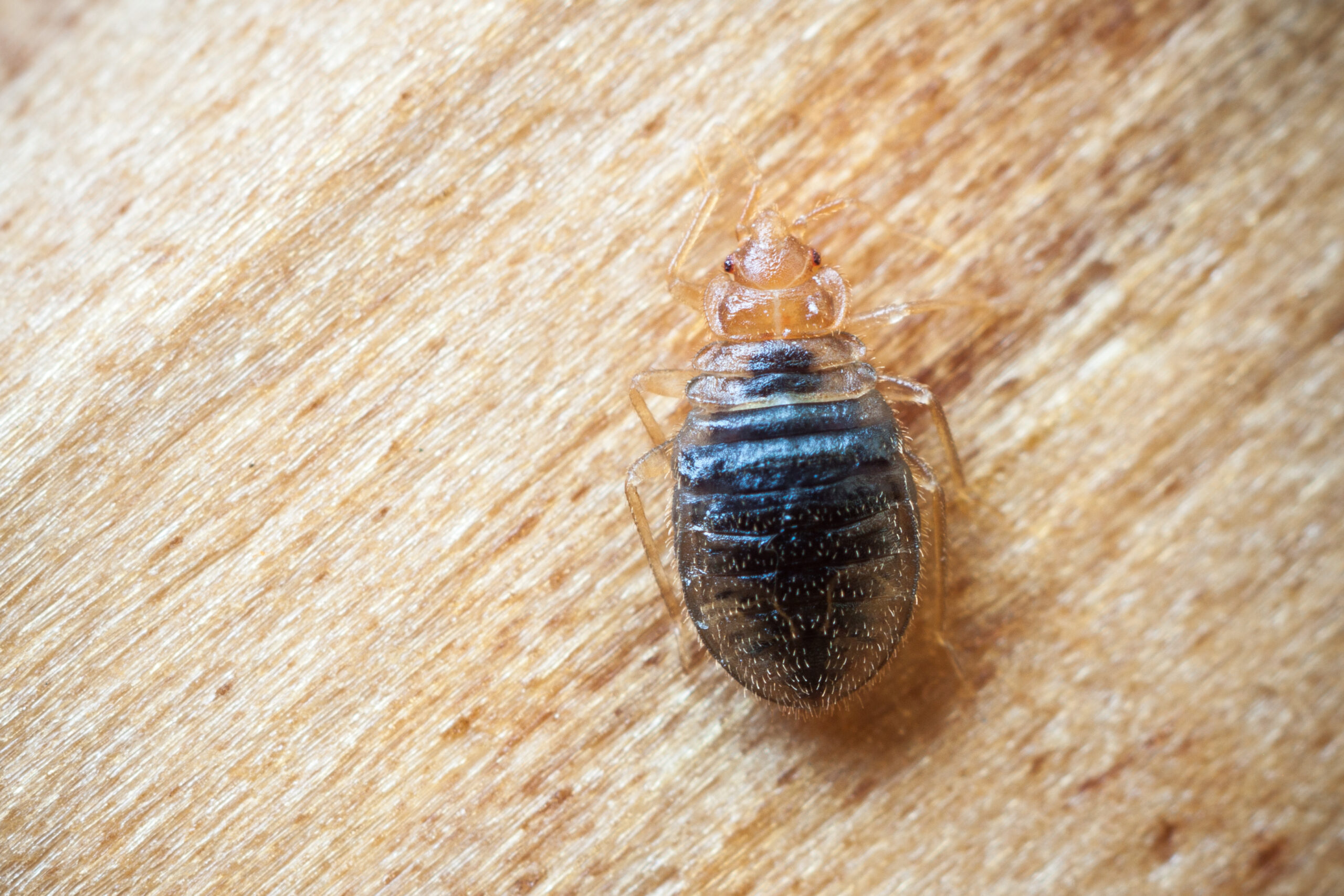
3. Pheromone, CO2 and heat traps
The way these attractive traps work is based on simulating human presence. Bed bugs are guided to their prey by the heat they give off, but above all by the CO2 they emit.
Pheromone traps work thanks to the chemical signals emitted by the device. The synthetic pheromones attract bed bugs to a sticky trap where they are captured.
Heat traps emit heat to simulate the presence of a human host. They mainly attract bed bugs, but do not treat the infestation in depth. In addition, these traps are quite expensive, both in terms of purchase price and energy consumption for their operation.
CO2 traps also use the principle of attracting bedbugs with carbon dioxide. By producing CO2, the bedbugs find themselves captured by the adhesive surface that comes with the trap. They are very effective and useful for detecting the presence of these insects, but can also be used to measure the extent of the phenomenon when there is an infestation.
In this category of traps, prioritise CO2 traps, as they seem to be the most effective for combating bed bugs.
- Prices: 70 to 100 EUR
- Effectiveness: Low
- Instructions for use: Place these traps in strategic locations to maximise their performance, especially under the bed.
4. Mechanical traps
Interceptor traps work mechanically. They block bedbugs as they move.
This type of trap is in the form of a double-walled plastic dish containing talc. Thanks to its properties, the talc keeps the inner surface of the dish slippery. Thus, bed bugs that want to climb onto the bed are forced to pass through the dishes and find themselves trapped inside.
These traps are cheap, infinitely reusable and safe. However, they are not sufficiently effective to destroy a population of bed bugs and the cups must be regularly emptied of parasites to remain functional.
- Prices: 10 to 20 EUR
- Effectiveness: High
- Instructions for use: Place the interceptor traps under the legs of beds and furniture.

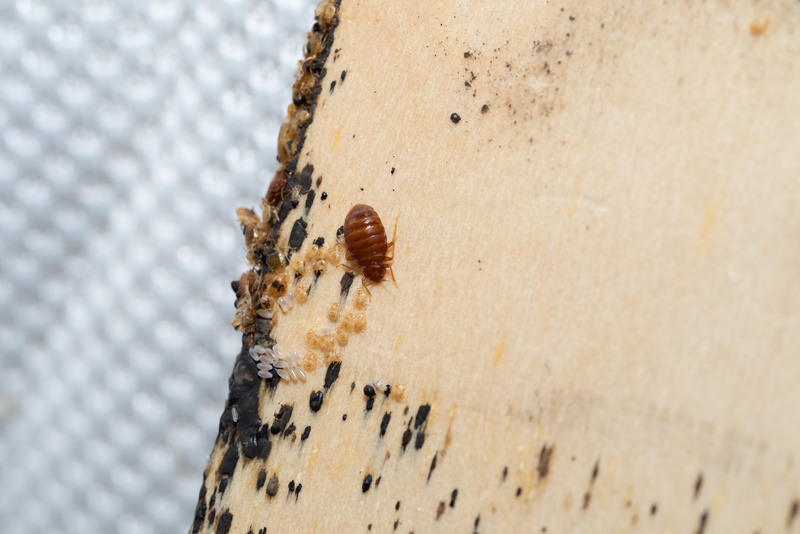
5. Ultrasonic traps: to be avoided!
Ultrasonic bed bug traps are sold with the idea of repelling bed bugs. In principle, they act more as repellents than traps. However, although these products are sold commercially, scientific studies indicate that this method does not work because ultrasound has no effect on bed bugs.
6. Light traps
Bed bugs are generally photophobic, i.e. they flee from light. However, some traps use a specific light (LED or UV) to attract these pests to a sticky surface or a cavity where they become trapped.
These devices are mainly used to detect the presence of bed bugs and assess the extent of the infestation. They do not alone enable the parasites to be completely eradicated, but can complement an effective control strategy.
- Prices:
- Effectiveness: Low
- Instructions for use: Place the trap near the bed, under the bed base or near the infested areas. Use the device at night, when bedbugs are most active. Check and clean the trap regularly to prevent a build-up of insects.
Good to know: pour a little diatomaceous earth inside your bed bug traps to kill them.
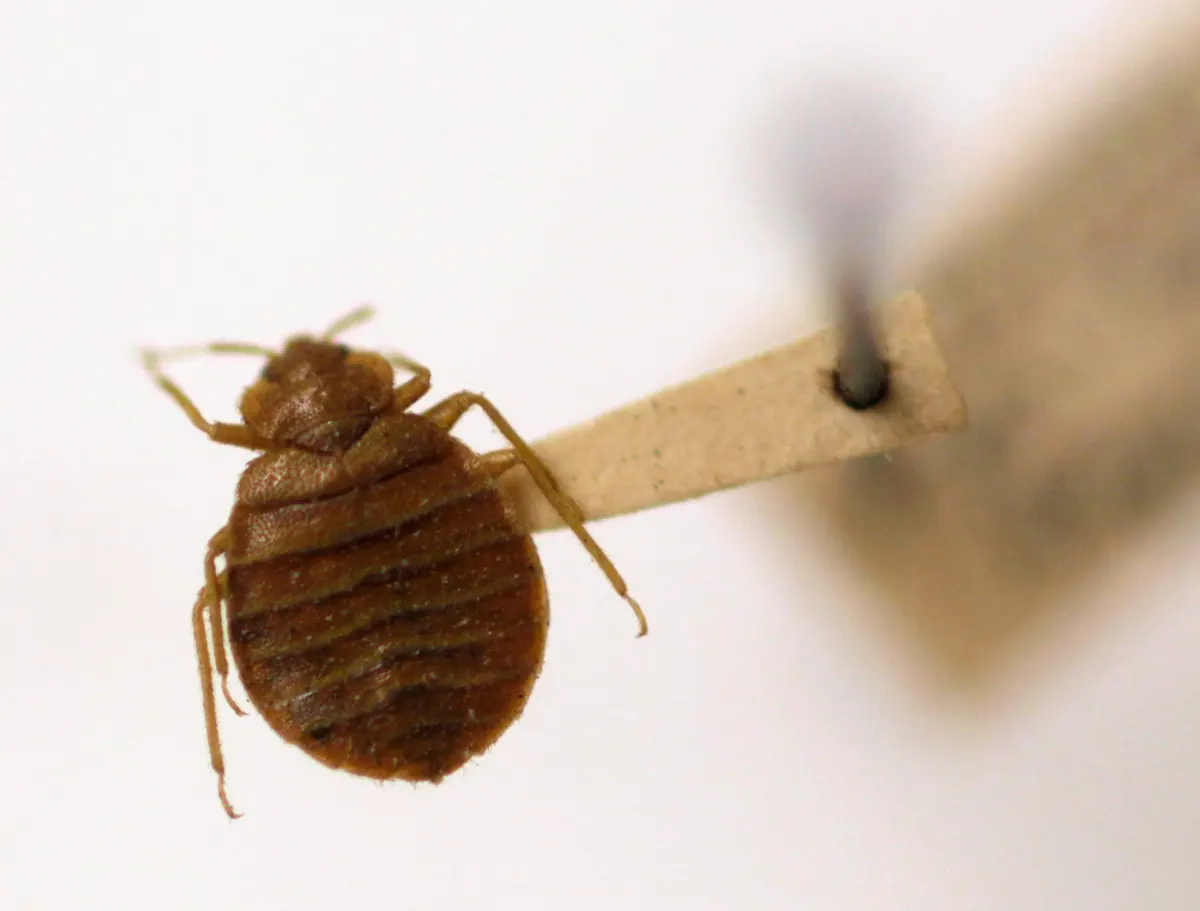
Home-made bed bug traps
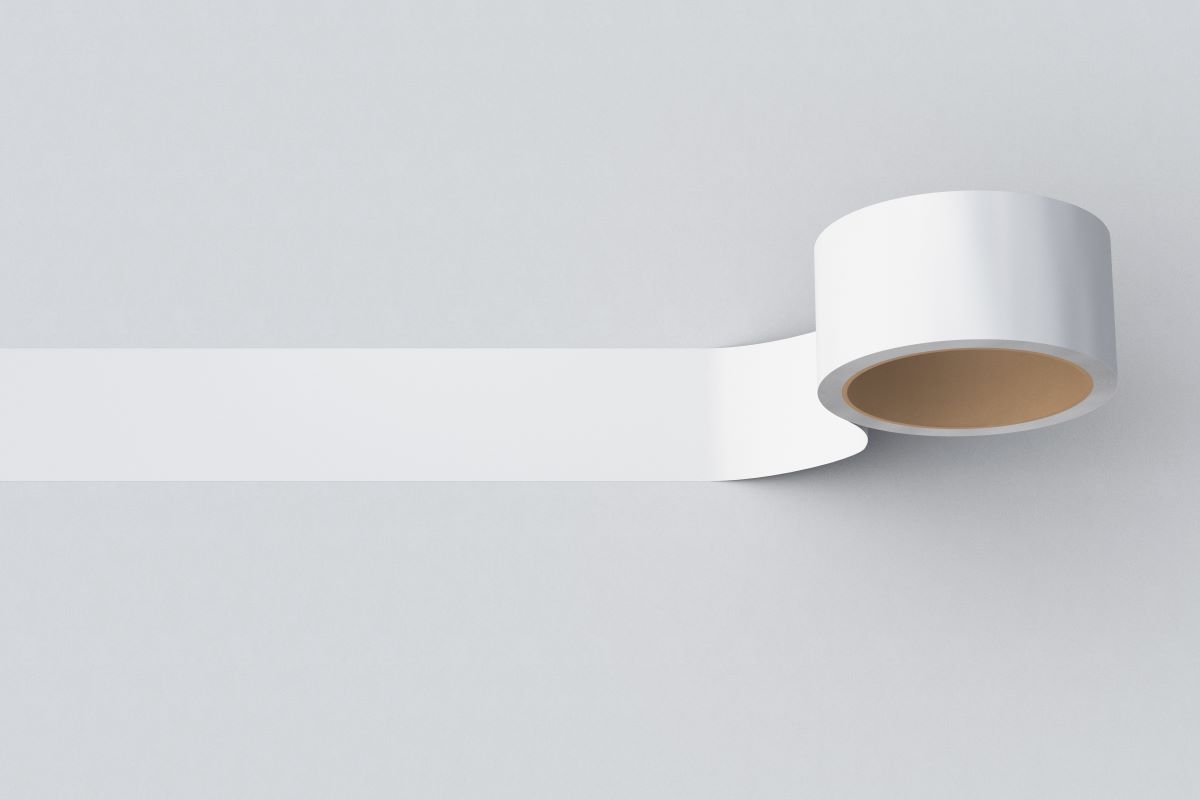
7. The double-sided sticky trap
Simple, economical and easy to set up, the double-sided sticky trap is a homemade solution for catching bed bugs and limiting their spread. It works on the same principle as professional adhesive traps: insects walk on the sticky surface and get trapped.
- Prices: Very cheap – you only need a few euros to buy some double-sided sticky tape.
- Effectiveness: Good for detecting the presence of bedbugs, limited for elimination.
Instructions for use:
- Choose strong double-sided sticky tape (preferably wide, ultra-sticky tape).
- Stick the tape in areas where bedbugs are likely to be:
- Around the foot of the bed.
- By skirting boards and cracks in the walls.
- Behind the headboard and under the sofa.
Tip: For best results, combine this trap with mechanical treatment (vacuum cleaner, steam) and preventive solutions such as bed bugs with mattress covers.
8. The bait trap
This involves capturing bed bugs by luring them with a smell they are particularly fond of: CO2. As a reminder, the CO2 emitted by breathing attracts bed bugs, which then bite their prey.
Instructions for use:
For this trap, take a plate and a bowl. Put a layer of talcum powder on the plate and place a bowl in the centre of the plate. In this bowl, mix 150 g of sugar with 30 g of brewer’s yeast in 1.5 litres of water. This mixture produces CO2 through a chemical reaction. The bed bugs will be attracted to the smell and get stuck in the talcum powder.
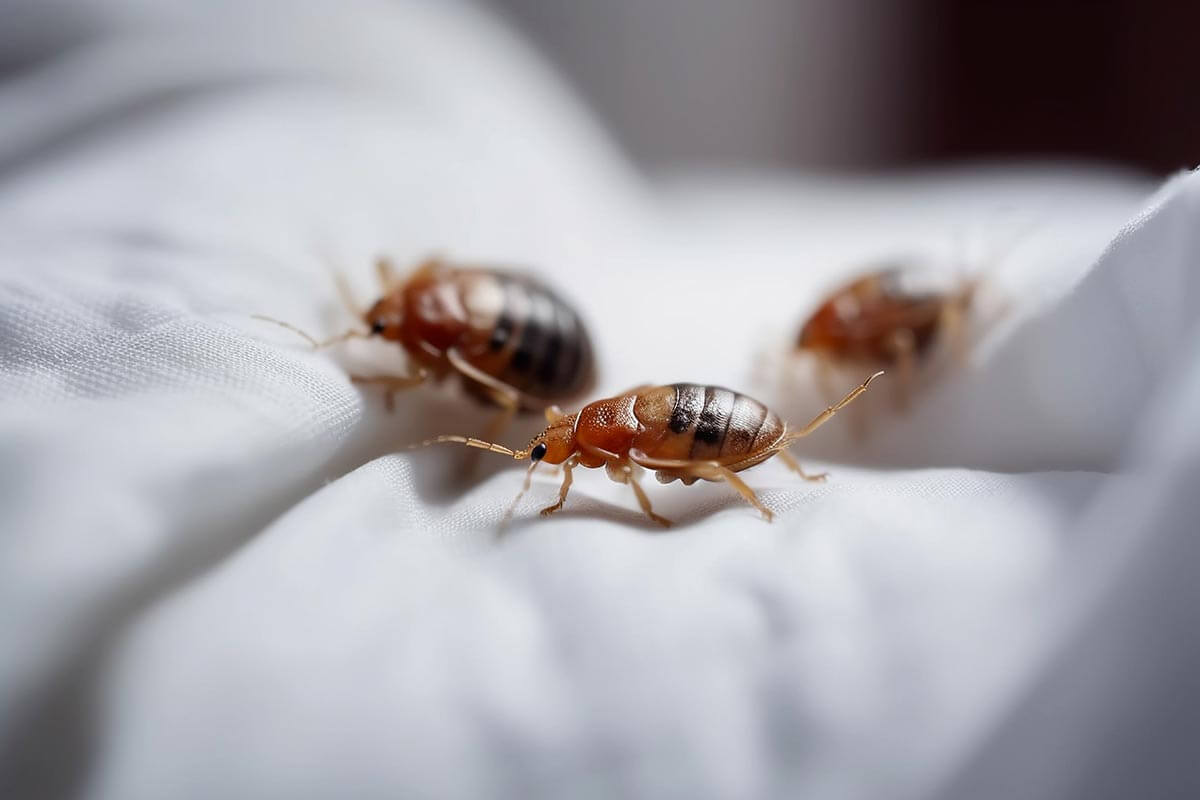
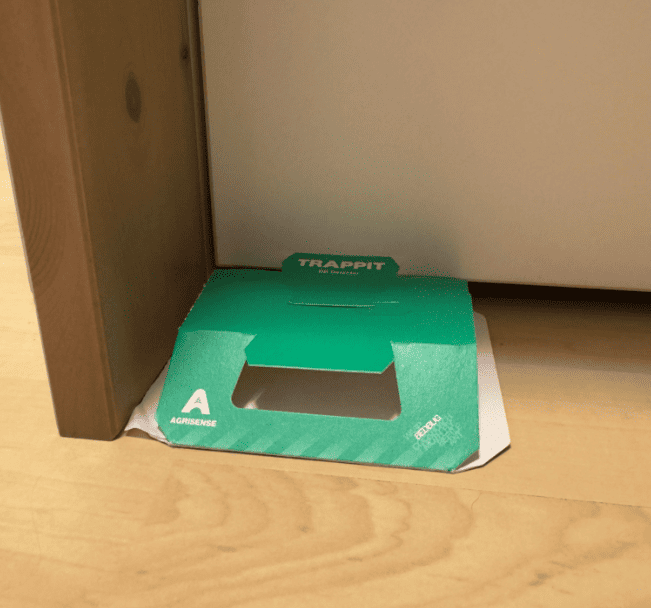
9. The cardboard box
The cardboard box is a homemade trap that is easy to make to detect the presence of bed bugs. This trap works thanks to the natural habits of these insects, which like to hide in dark and narrow places during the day.
Instructions for use:
Take an empty, clean and dry cardboard box (for example, a shoebox).
Place it in strategic locations, including:
- Under the bed or sofa.
- Near baseboards or dark corners.
- If bedbugs are present, immediately dispose of the box in a sealed plastic bag and take it outside.
Tip: To improve the effectiveness of this trap, place a piece of CO2-soaked cloth (such as a damp cloth) inside, which attracts bedbugs by simulating human breath.
10. Yeast and sugar trap
This homemade trap is easy to make. It effectively attracts bedbugs thanks to the CO2 it releases.
Instructions for use:
- Materials needed:
- 1 empty plastic bottle (1.5 L).
- 4 tablespoons of sugar.
- 1 tablespoon of baker’s yeast.
- 200 ml lukewarm water.
- Adhesive tape and rough fabric.
- Trap preparation:
- Cut the bottle in half and turn the neck upside down in the base, like a funnel.
- Mix the water, sugar and yeast, then pour into the bottle.
- Stick a piece of cloth or rough tape to the outside to help the bugs climb into the trap.
- Installation:
- Place the trap under the bed, near the skirting boards or furniture legs.
- Change the solution every 3 days to maintain the CO2 emission.
➡️ Read also: Grandma’s tips against bed bugs.
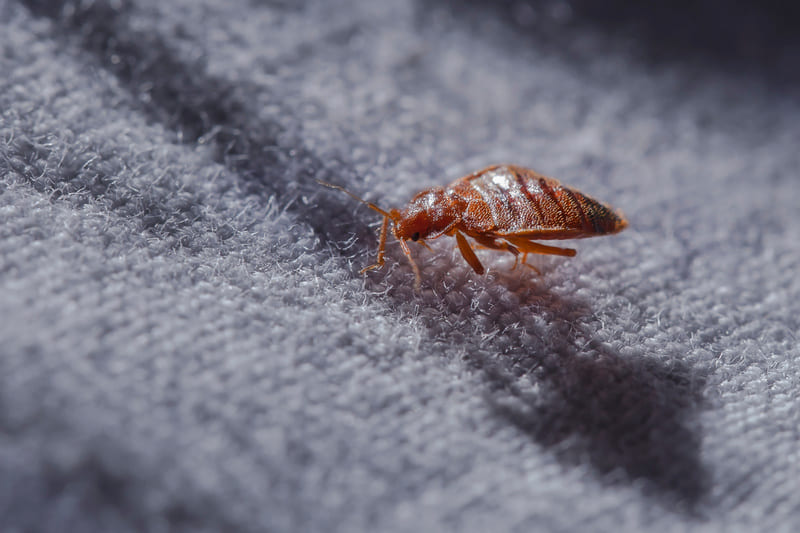
When should bed bug traps be set?
You can use bed bug traps before, during and after treatments.
Setting this type of trap is a good idea to detect the presence of these pests as early as possible.
Traps are also an excellent way to check the status of the infestation, especially with interceptor traps or sticky traps. You can quickly get an indication of the concentration (increasing or decreasing) of bed bugs and the effectiveness of the measures used.
Once the problem has been eradicated, we recommend keeping traps for a few months to check that there is no resurgence and using preventive products at the same time to prevent their return.
Bed bug traps: an effective solution?
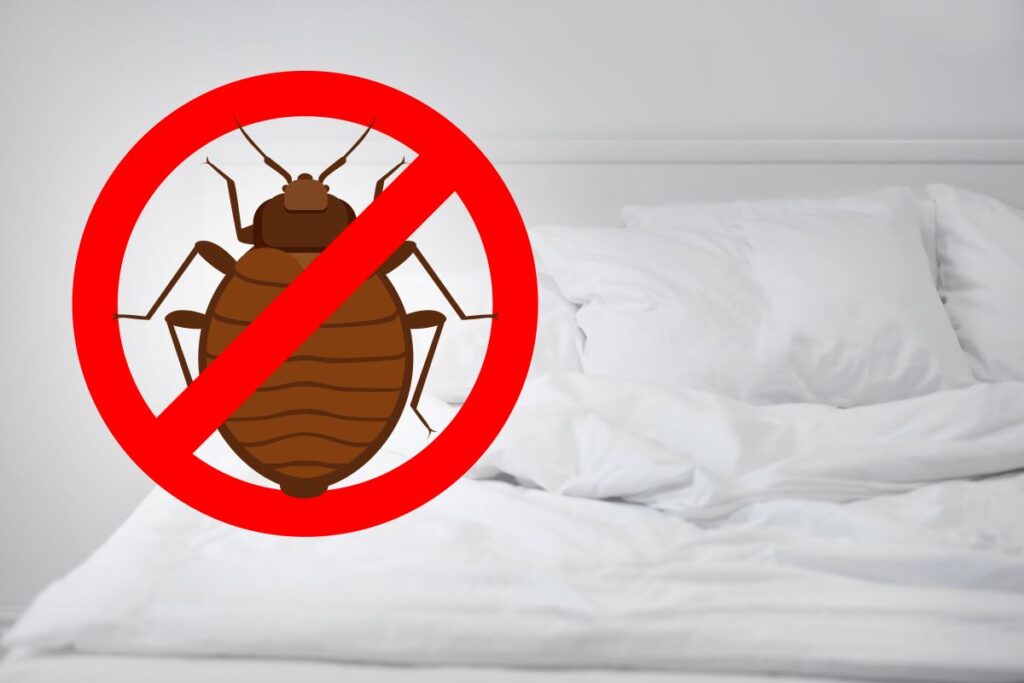
In general, traps are effective for capturing some of the bed bugs, but they are not a complete treatment to get rid of them. Traps are mainly used to check for the presence of bed bugs in the home and are useful as a tool to monitor the effectiveness of all measures taken to treat the problem.
To get rid of bed bugs, use a variety of measures:
- Natural or chemical bed bug repellent in all the dark corners of the infested room (baseboards, bedding, behind furniture, nightstands, behind pictures, etc.).
- Disinfect clothes and household linen (sheets, curtains, carpets, pillows, etc.) by washing at 60°C and ideally tumble drying for 30 minutes to kill the most stubborn specimens.
- Vacuum thoroughly every day. Remember to empty the dustbin into an airtight bag or to dispose of the vacuum cleaner bag properly sealed to avoid contaminating your bins and your neighbourhood.
- Use a steam cleaner to kill insects directly (adult bed bugs, larvae and eggs).
- Use a preventive treatment for optimal protection.
➡️ To go further: The complete protocol against bed bugs.
FAQ
What are the effective traps for bed bugs?
– Interceptor traps placed under the bed legs to block their access.
– Adhesive traps that capture bed bugs thanks to a sticky surface.
– Bed bug pads based on natural or chemical insecticide.Quels sont les pièges efficaces contre les punaises de lit ?
Where should bed bug traps be placed?
– Under the foot of the bed and furniture (interceptor traps, adhesive traps).
– Along the skirting boards and cracks where they hide.
– Near the headboards, bed bases and mattresses.
– In wardrobes and suitcases when travelling.
Are bed bug traps dangerous for pets?
The effective solution Sereni-d
If you use bed bug traps and they have revealed the presence of bed bugs in your home, act quickly to eradicate these pests before a more massive infestation. At Sereni-d we have developed the SOS Bedbugs Treatment, a curative spray with active ingredients of plant origin.
Its formula, based on pyrethrum flower extract combined with a complex of essential oils, ensures the total elimination of bed bugs (eggs, larvae, adults). It is immediately effective and long-lasting.
Quick and easy to apply!
